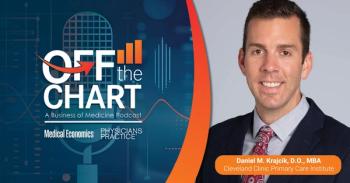
ACA helping more adults to obtain healthcare insurance, surveys find
Gains occur across age groups but are greater in states expanding Medicaid coverage
Four-plus years after its enactment, and nine months after the rollout of the healthcare insurance exchanges, evidence is mounting that the
A quartet of surveys and studies released in recent weeks, while containing somewhat different numbers, all show the number of adults with insurance increasing and the percentage of the population without some form of insurance falling.
At the same time, however, new challenges are emerging related to access to care, while many ACA critics remain unconvinced that the law is having any significant impact.
The Commonwealth Fund, in
A
Finally, the authors of a
ACA critics remain unimpressed by gains in coverage, saying that they have come at a substantial cost. “The…argument was never that a trillion or two dollars would never cover any more uninsured,” the Republican pollster Whit Ayres
Other findings of note from the surveys:
- In the states that expanded Medicaid eligibility under the ACA, the uninsured rate for adults with income under 100% of the federal poverty level declined from 28% to 17%, while remaining virtually unchanged (at 36%) in states not expanding Medicaid eligibility, according to The Commonwealth Fund.
- The overall percentage of adults reporting Medicaid coverage increased from 6.8% during August-September 2013 to 8.4% in the second quarter of 2014, according to the Gallup/Healthways survey
- Reductions in the number of uninsured occurred across all age groups (18 to 25, 26 to 34, and 35 to 64), according to Gallup/Healthways
- More than half of adults with new healthcare insurance coverage said their plan included all or some of the doctors they wanted.
Newsletter
Stay informed and empowered with Medical Economics enewsletter, delivering expert insights, financial strategies, practice management tips and technology trends — tailored for today’s physicians.














